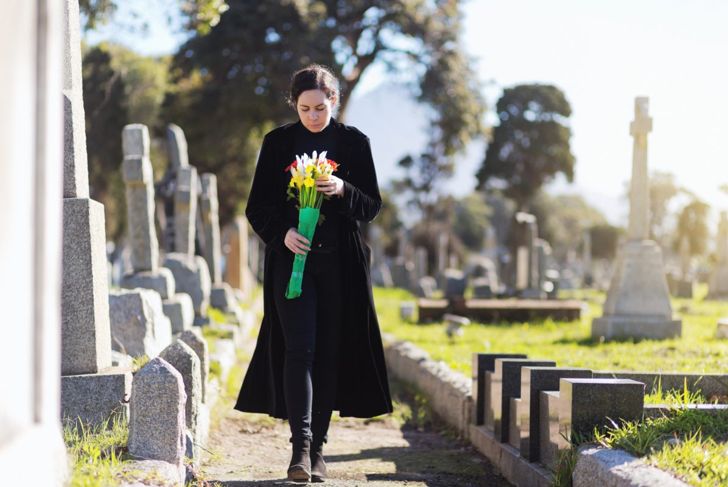Decades ago, medical professionals identified the death of a loved one as one of the most stressful life events for humans. Although people mourn the loss in different ways, many behavioral experts believe there are universal stages of grief. Elisabeth Kübler-Ross first proposed five stages of grief in her 1969 book, “On Death and Dying.” Mental health professionals use these to evaluate, identify, and explain the grief process.
Defining Grief
Mourning and grief are responses that can occur with any significant life event. It could be the death of a loved one, an end to a relationship, the loss of a job or way of life, or any occurrence that leads to intense emotional trauma. Individuals react differently to losing, and most people recover on their own as time passes. The period of grief can last weeks, months, or years.
The Kübler-Ross stages
Although each individual’s grief response is unique, Kübler-Ross observed five stages of adjustment that humans often experience following a death or loss.
Denial
Anger
Bargaining
Depression
Acceptance
Some people may not go through any of the stages, while others experience only a few or in a different order. People in mourning may also cycle through some or all stages multiple times.
Shock and Denial
The first stage of grief is denial, according to the Kübler-Ross model. People often feel shocked or numb following news of a sad or traumatic event and deny the reality of the situation. This common defense mechanism buffers the initial impact and pain of a loss. It is usually a temporary response.
Anger
Mental health professionals say that anger is a crucial stage of grief. Once a person begins to accept the reality of a traumatic loss or situation, they may place blame on others, including the deceased loved one. They could become irritable, cynical, or pessimistic, or display aggressive or passive-aggressive behavior. In some cases, a person might turn to alcohol or drug use to deal with these intense emotions.
Bargaining
Experts describe this as the “what if” stage. The individual creates bargaining statements to process their grief, such as, “What if the doctors caught the illness earlier?” Statements like “if only I had known” and dealmaking with a higher power are also common. Guilt plays a significant role in the bargaining stage.
Depression
Feelings of sadness, emptiness, and despondency go hand-in-hand with loss. Shortly after the loss, the individual may feel overwhelmed with practical issues like the cost of a funeral or living expenses. Depression can worsen with the realization that the person they loved is gone or a situation, such as a job or a relationship, has ended. Withdrawal from social situations and feelings of hopelessness are common.
Acceptance
The Kübler-Ross five-stage model of grief ends with acceptance of the situation. People admit to themselves that this is their new reality. They take on mindful behaviors to prevent getting stuck in other phases of their grief. Re-adjusting their daily schedule, acknowledging their emotions, or focusing on their needs helps them move forward.
Contradictions to the Kübler-Ross Theory
In recent years, researchers have called attention to the lack of supporting data for Kübler-Ross’s grief stage theory. One researcher noted that grief is an emotional state with too many non-specific variables for this type of approach. The researcher also stated that the Kübler-Ross stages of grief do not exist and recommended that they no longer be included in mental health curriculums.
A Normal Course of Grief
When a person receives bad news, there is a normal course for grief:
Numbness, which lasts for hours or days
Pining, episodes of separation distress, but the individual continues normal eating, sleeping, and day-to-day responsibilities
Disorganization and despair, memories of events that led to the loss, hallucinations or sense of the dead person being near
In reorganization, the intensity of grief diminishes
Freud’s Grief Work Theory
The founder of psychoanalysis, Sigmund Freud, published his ideas about grief in 1917. Freud proposed that breaking ties with the deceased was essential to the mourning process. He believed that intense thinking about a lost loved one and a new attachment would help the mourner accept the grief in a healthy way. After experiencing grief, Freud later wrote that he was mistaken.

 Home
Home Health
Health Diet & Nutrition
Diet & Nutrition Living Well
Living Well More
More




















